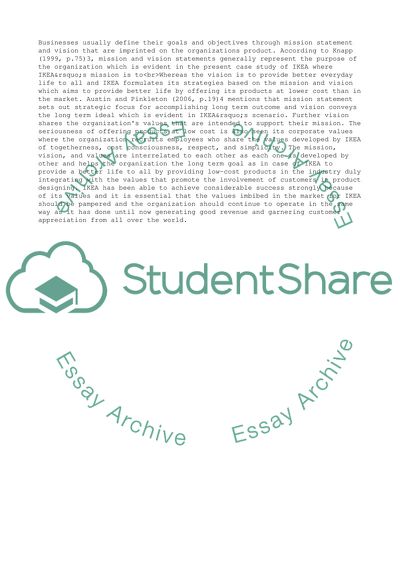Cite this document
(“IKEA Business Strategy: Past Present and Future Research Paper - 1”, n.d.)
IKEA Business Strategy: Past Present and Future Research Paper - 1. Retrieved from https://studentshare.org/business/1736052-ikea-past-present-and-future
IKEA Business Strategy: Past Present and Future Research Paper - 1. Retrieved from https://studentshare.org/business/1736052-ikea-past-present-and-future
(IKEA Business Strategy: Past Present and Future Research Paper - 1)
IKEA Business Strategy: Past Present and Future Research Paper - 1. https://studentshare.org/business/1736052-ikea-past-present-and-future.
IKEA Business Strategy: Past Present and Future Research Paper - 1. https://studentshare.org/business/1736052-ikea-past-present-and-future.
“IKEA Business Strategy: Past Present and Future Research Paper - 1”, n.d. https://studentshare.org/business/1736052-ikea-past-present-and-future.


